Chamomile is a herb, in particular- a herb that is commonly used in various diseases. The use of chamomile and more often chamomile tea is widely spread mainly because of its pleasant light scent and taste. Particularly suitable is tea chamomile combined with honey. Over the years, chamomile has become a valuable raw material for the chemical, cosmetic industry, and today the market offers a number of products such as creams, scrubs and shampoo with chamomile.
The Latin name of chamomile is Matricaria. Chamomile is an annual herbaceous plant that is low with branched stems. Chamomile reaches a height of at most 20″ (50 cm). The leaves are double and triple spread, with a fibrous cut. The flowers of chamomile are collected in a basket for inflorescence. Chamomile has long handles and the stem has multiple branches, ending with small white flowers with yellow expressed stamens. The flowers of the chamomile consist of round, white petals, female flowers and internal, tubular, yellow hermaphrodite flowers. The torus is convex and inside - hollow. The fruits of chamomile are oblong brown seeds.
Chamomile is a wild culture - met in lawns, meadows, hills, even abandoned places and roadsides.
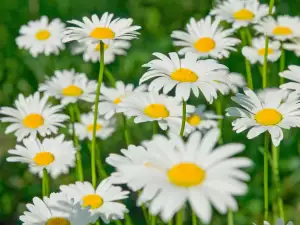
Composition of chamomile
In the composition of chamomile, we must look at the elements contained in the colors. They contain essential oil that is green to blue depending on the amount of azulenes. Chamomile contains a large amount of paraffin and sesquiterpene type (approximately 10%) and caprylic, and nonanoic acid. Its main ingredients is Bisabol and its derivatives are farnesene and hamasule contained in varying quantities - from 1 to 15%. Chamomile is also rich in coumarins, flavonoid glycosides apin and patulitrin, mucilage, nicotinic acid, salicylic acid, oleic glycerides of palmitic, stearic, and linoleic acid, carotene, vitamin C, mucus and bitter substances.
Selection and storage of chamomile
Dried Chamomile can be bought from almost any pharmacy. Keep it well closed, in dry cabinets, with no access to direct sunlight.
Benefits of Chamomile
German chamomile (Matricaria recutita) and Roman chamomile (Chamaemelum nobile) are the two main varieties of the plant used for treatments. They both have similar effects on the human body, but German chamomile may be slightly stronger. For therapeutic purpose, use the Flores Chamomillae. They are harvested when the peripheral white flowers are in a horizontal position. Picking is done by hand or with a special comb. Flowers detached are no longer than 1.2″ (3 cm).

Chamomile is very popular as a medicinal plant that is commonly used in various diseases. Generally, chamomile has anti-inflammatory and disease softening action in the digestive tract as well as inflammation in the airways of a person. For the treatment of respiratory, an inhalation is used to wash and gargle with. Externally chamomile is used to wash the inflamed mucous membranes of the eyes, or uterus. Chamomile is an excellent tool to have as a compress or to wash the anus for hemorrhoids.
Chamomile helps easy bowel movements without acting as a laxative and in this way chamomile indirectly helps heal internal hemorrhoids that can be treated externally with Chamomile ointment. This ointment can be used for healing. Inhalation of vapors rapidly relieves fever and sinusitis, then, of course, one has to stay home and keep warm. Decoctions of chamomile have a very beneficial effect on inflammation and kidney and bladder stones.
Infusions of chamomile
It is best to use extracts of chamomile, which are cold. Prepare 10 teaspoons of herbs which are soaked with 2 cups (500 ml) of cold water. After 8 hours, strain and drink for 1-2 days. You can use an infusion of chamomile, which has internal and external applications. To obtain, pour 2-3 tablespoons chamomile herb in with 1 cup (250 ml) of boiling water and let it stand for 1 hour in a closed container. Drink the tea twice.
Even in ancient centuries, chamomile oil was used to rub for neuralgia and rheumatism in the joints. Due to its decreasing temperature and ability to quench the heat, chamomile was considered by the ancient Egyptians as the flower of the sun god. The name derives from the Latin word for "mother." Old herbalists says that chamomile oil eliminates fatigue of the limbs. Chamomile, boiled in water and imposed on a sick bladder provides pain relief.
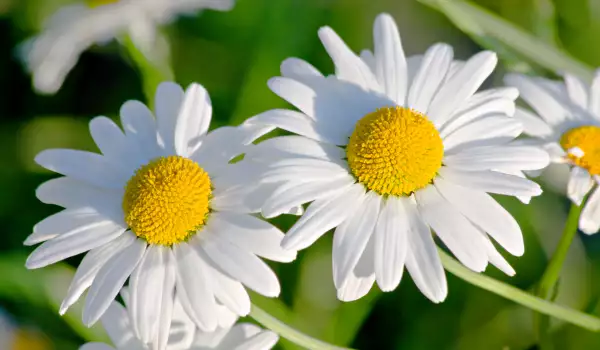
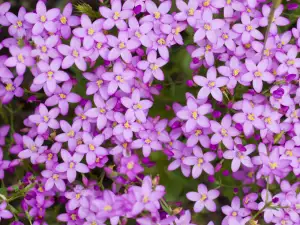

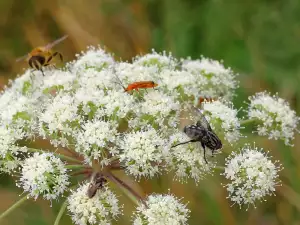
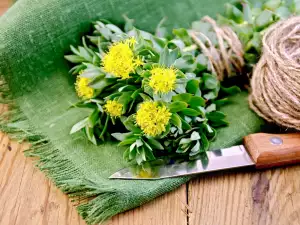
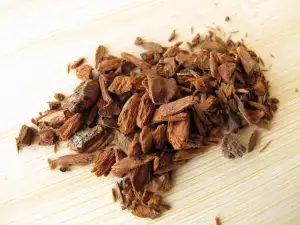
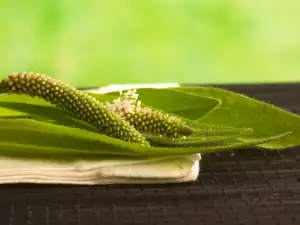

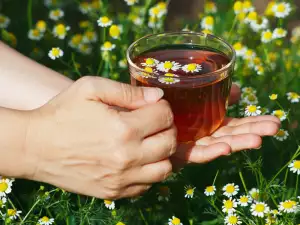
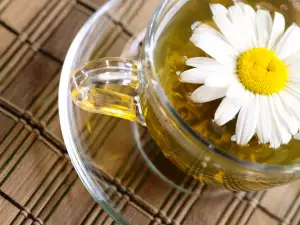


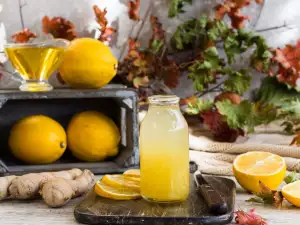
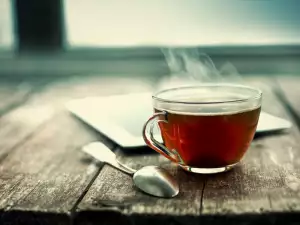

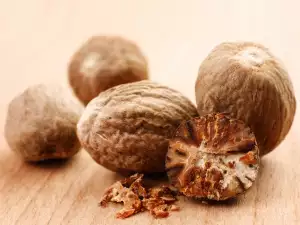


Comments